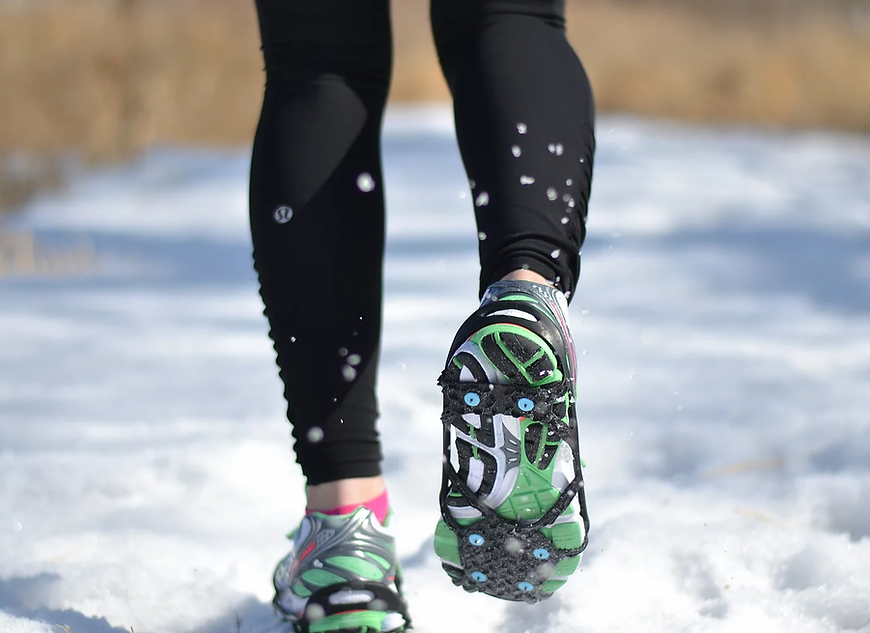1. Adjust to the size of the boots: the most appropriate length is slightly shorter than the boots 3-5mm, not too short or more than the length of the boots, more than the length of the boots in the removal, will be uncomfortable and dangerous.

2. When climbing up, check crampon condition at any time, adjust screw or strap is loose, fast buckle is displaced.
3. Once you’ve packed your crampons, take a few steps to test them and then tighten them.
4. In some snow conditions (especially afternoon wet snow), any crampons can become jammed, so using blocking skis can increase comfort and safety.

5. When grinding crampons, grind them slowly by hand with a file knife, not by grinder, because the steel quality of crampons will change due to high temperature.
6. Crampons should never be roasted over an open fire, as this will damage their strength and durability.
7. Do not leave dirty and wet crampons in waterproof bags. Keep them clean and dry is the principle of maintenance.
8. Be aware that crampons can hurt people, so keep and use them well.
9. Crampons can be damaged by using them on rock or concrete. Always check their condition, especially before climbing a route.
Maintenance of crampons: The crampons are made of Ni-Mo-Cr alloy steel with better strength and toughness than ordinary carbon steel. After use, the ice and snow stuck to the block should be cleaned, so as to avoid the corrosion of metal into snow water, resulting in rust. The tip of the ice finger will become blunt after a long time of use. It should be sharpened with a hand file in time. Do not use an electric grinding wheel, because the high temperature generated by the electric grinding wheel will make the metal annealing. The wire on the front of the crampon must fit well with the alpine boot. If it does not fit, it can be modified by hitting it with a rubber hammer.

Anti-stick skis: On wet slopes, snow clumps get stuck between crampons and soles of shoes, forming a large wet snowball after a short period of time. This is very dangerous. Once a snowball is formed, it should be immediately knocked with the handle of the ice axe to clean up, to prevent slipping. Using non-stick skis can partially solve this problem. Some brands sell ready-made products, while others make their own: Take a piece of plastic, cut it to the size of your crampon, and attach it to it. Anti-stick skis can solve the sticky snow problem to a large extent, but it should not be taken lightly.
Post time: Jul-08-2022